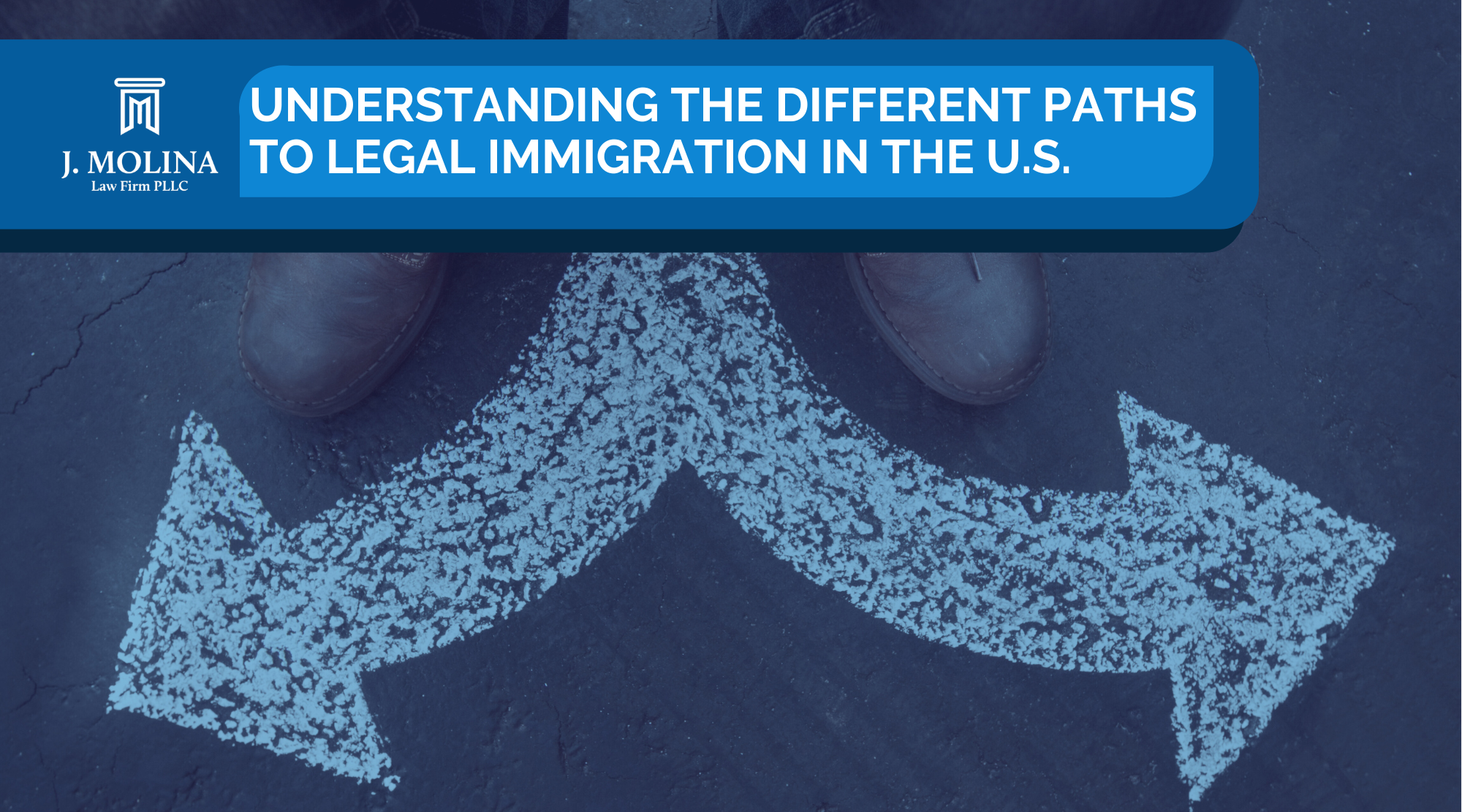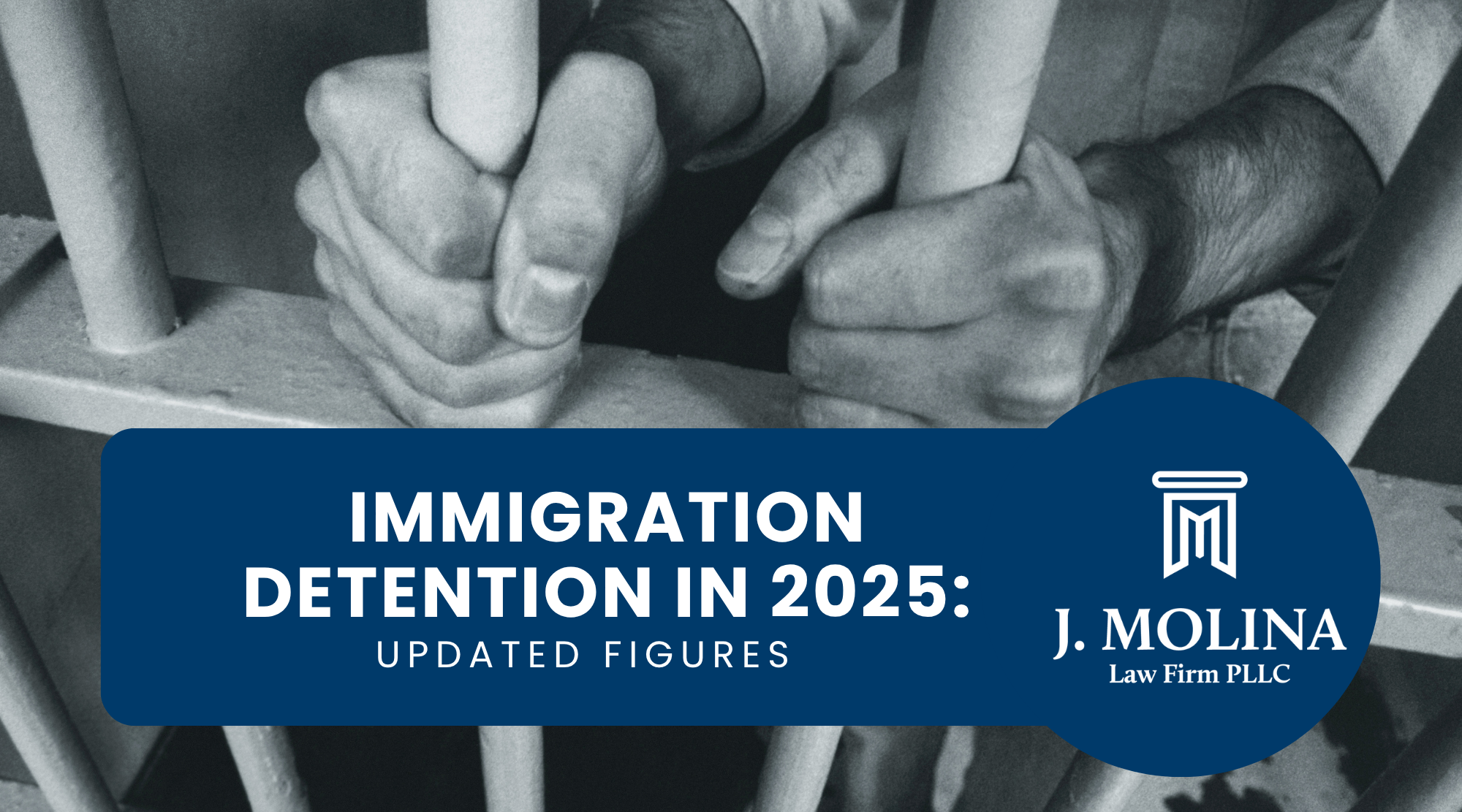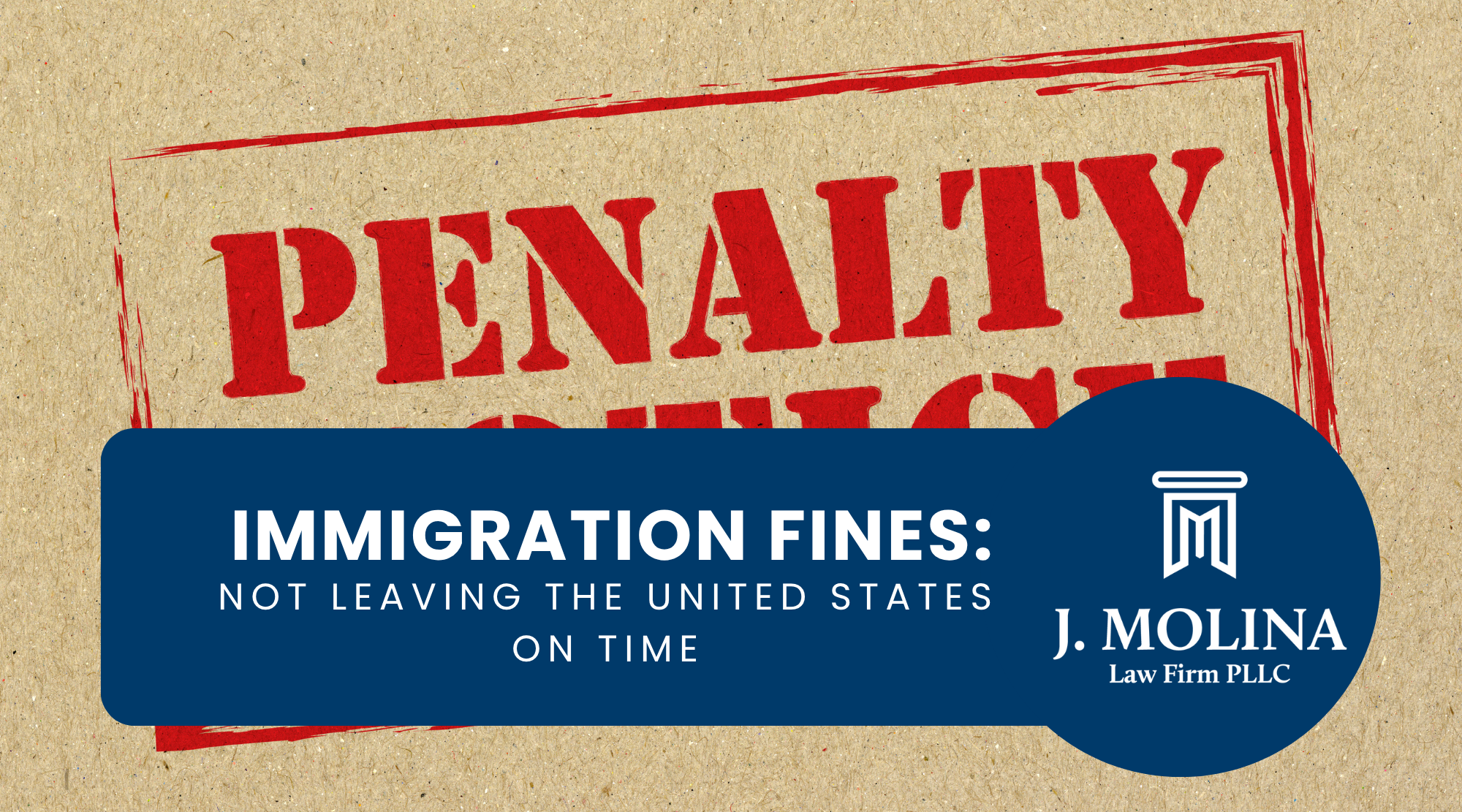Navigating the U.S. immigration system can seem overwhelming, but knowing the various options available can make it easier to understand. There are several ways to achieve legal immigration status in the U.S., whether through family, employment, humanitarian programs, or other specialized pathways. In this blog, we’ll break down the most common routes so you can better understand which might apply to you.
-
Family-Based Immigration
One of the most popular ways to achieve legal immigration is through family sponsorship. U.S. citizens and Green Card holders can petition for certain family members to come to the U.S. as permanent residents. Immediate relatives of U.S. citizens, like spouses, parents, and unmarried children under 21, are given priority and don’t face annual visa limits. Other relatives, such as siblings or married children, may have to wait longer due to visa caps.
-
Employment-Based Immigration
Another path to legal immigration is through a job. If you have a job offer from a U.S. employer, you may qualify for an employment-based visa. There are several categories of employment visas, depending on your skills, experience, and the type of job you will be doing. Certain employment visas can also lead to permanent residency, allowing you to apply for a Green Card eventually.
-
Humanitarian Programs
The U.S. provides asylum and refugee programs for individuals fleeing persecution or danger in their home countries. If you can prove a well-founded fear of persecution due to your race, religion, nationality, political opinion, or membership in a particular social group, you may be eligible for asylum or refugee status.
-
Diversity Visa Lottery
The U.S. also offers a Diversity Visa Lottery to promote immigration from countries with historically low immigration rates to the U.S. This lottery grants a limited number of individuals the chance to apply for a Green Card each year. Although it’s a competitive process, it’s another possible route to legal immigration.
-
Adjustment of Status
For those already living in the U.S. under a different visa, adjusting your status may be an option. This allows you to change your immigration status to become a lawful permanent resident, depending on your current visa, family situation, or job offer.
Understanding these paths is the first step toward achieving your immigration goals. Each case is different, so it’s important to explore your options with a professional.
If you’re unsure which immigration path is right for you, J. Molina Law Firm can help. Contact us today for expert guidance on your journey to legal immigration in the U.S.



